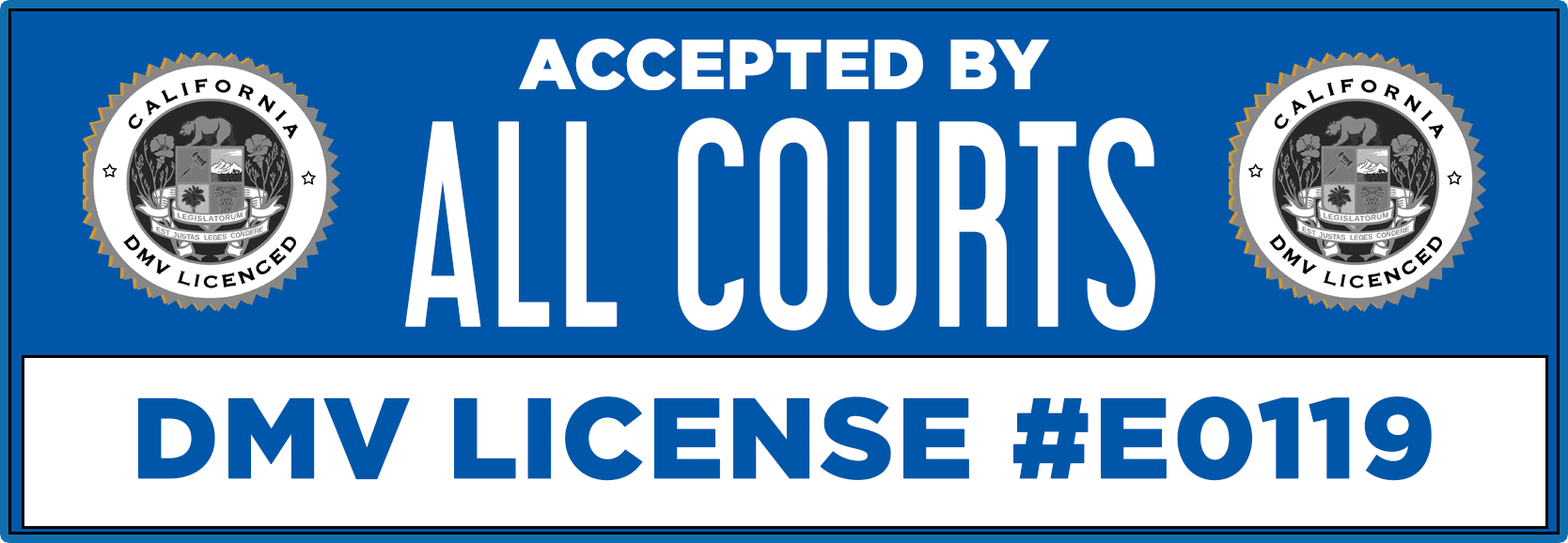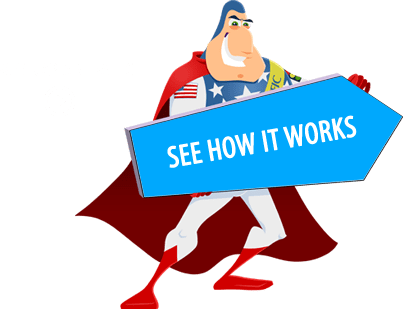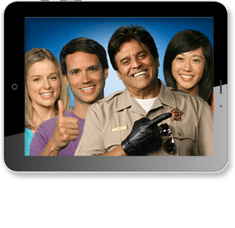Planning Ahead Before Driving
If you know the route, make allowance for time, traffic and delays. Start early enough so that you have time for unseen circumstances. Take the ENVIRONMENT into account, such as weather, road conditions and other possible distractions. Poor weather necessitates lower speeds. If you don’t know the route, plan as well as possible using a map and any other reference including people who know your proposed route. Make extra allowance for time, more so than if you know the route.

Age Factors. Drivers over the age of 55 have a poorer collision record than drivers in middle years. As we age, it’s normal for our driving abilities to change. Aging doesn’t automatically mean we need to stop driving. However, to drive safely, it does mean that we have to pay attention to any warning signs that age is interfering with our driving safety and make appropriate adjustments. For instance, you may decide to drive only during daylight hours if you have trouble seeing well in reduced light. If fast-moving traffic bothers you, consider staying off freeways, highways, and find street routes instead. You may also decide to avoid driving in bad weather (rain, thunderstorms, snow, hail, ice). Always remember that if a driving situation makes you uncomfortable, don’t do it.
Eyesight or vision problems begin generally in the early 30’s, (i.e., loss of peripheral vision) need for more illumination rises & glare sensitivity increases at about 40. Adapting to darkness becomes more of a problem as one grows older, (although people reduce the amount of driving that they do as they grow older). Corrective lenses may be needed or a change of the present prescription may be in order. If your vision is impaired, your driving will also be impaired. Collisions involving older drivers are more often fatal than those involving young and middle-age drivers.
Wearing Glasses Or Contact Lenses Follow your eye doctor’s advice about glasses or corrective contact lenses. If your eye doctor tells you to wear them for driving, do it. If your license says you must wear “corrective lenses,” wear them. You may be fined if you drive without wearing them. Never wear dark glasses or sunglasses at night. Consult your eye doctor before wearing tinted contact lenses at night. They can make it hard to see. Don’t wear eyeglasses with temples wide enough to keep you from seeing clearly to the sides.
Stereo Earphones and Radio Levels Earphones, headphones, or a headset covering are ILLEGAL when worn in both ears for all autos, motorcycles and bicycles. Volume level of radios may not be so loud as to interfere with normal driving. Certain high-noise vehicles and emergency vehicle drivers are exempt to this rule.
CONDITIONS BEYOND DRIVING ABILITY There are some exterior concerns you should consider and knowing when not to drive. There are times when you need to be a self-regulating driver and know when conditions are beyond your driving ability. Weather can be a huge component on your driving ability. Don’t drive in bad conditions if it isn’t necessary. Weigh the risk and change your plans. Extreme weather strains every driver’s competence and puts us all at greater risk. It reduces visibility, traction, speed and distance judgment. It’s important to know where weather-related dangers lurk and how they affect your mobility. If possible – avoid extreme conditions.
When you Enroll in a traffic school program, you will learn about the topics mentioned above and more. A motor vehicle can be a safe mode of transportation, or it can be a very dangerous weapon. If you want to learn how to increase the chances of making it to your destination in one piece, complete our traffic school online today. The program is ComedyTrafficSchool.com. Take online traffic school the fun way with our award winning course. Our traffic school course is the perfect choice for anyone who recently received a traffic ticket; keep points masked from your driving record, your auto insurance rates low and become a better, safer driver!





